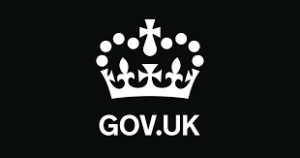
The Department for Digital, Culture, Media & Sport (DCMS) has published a guide setting out what the Online Safety Bill will mean for adults and children in the UK. The guide explains how the Online Safety Bill will protect children and the types of content that will be tackled such as illegal and harmful content.
The number of issues that could be regarded as harmful online is considerable, but they can be categorised into four areas of risk:
Online abuse is any abuse that is facilitated by using internet connected technology. Online abuse may take place through social media, messaging apps, emails, online gaming, live-streaming sites or other channels of digital communication. Children who are abused offline may be re-victimised online if their abuse is live-streamed or recorded and uploaded online.
Free online safety poster to download